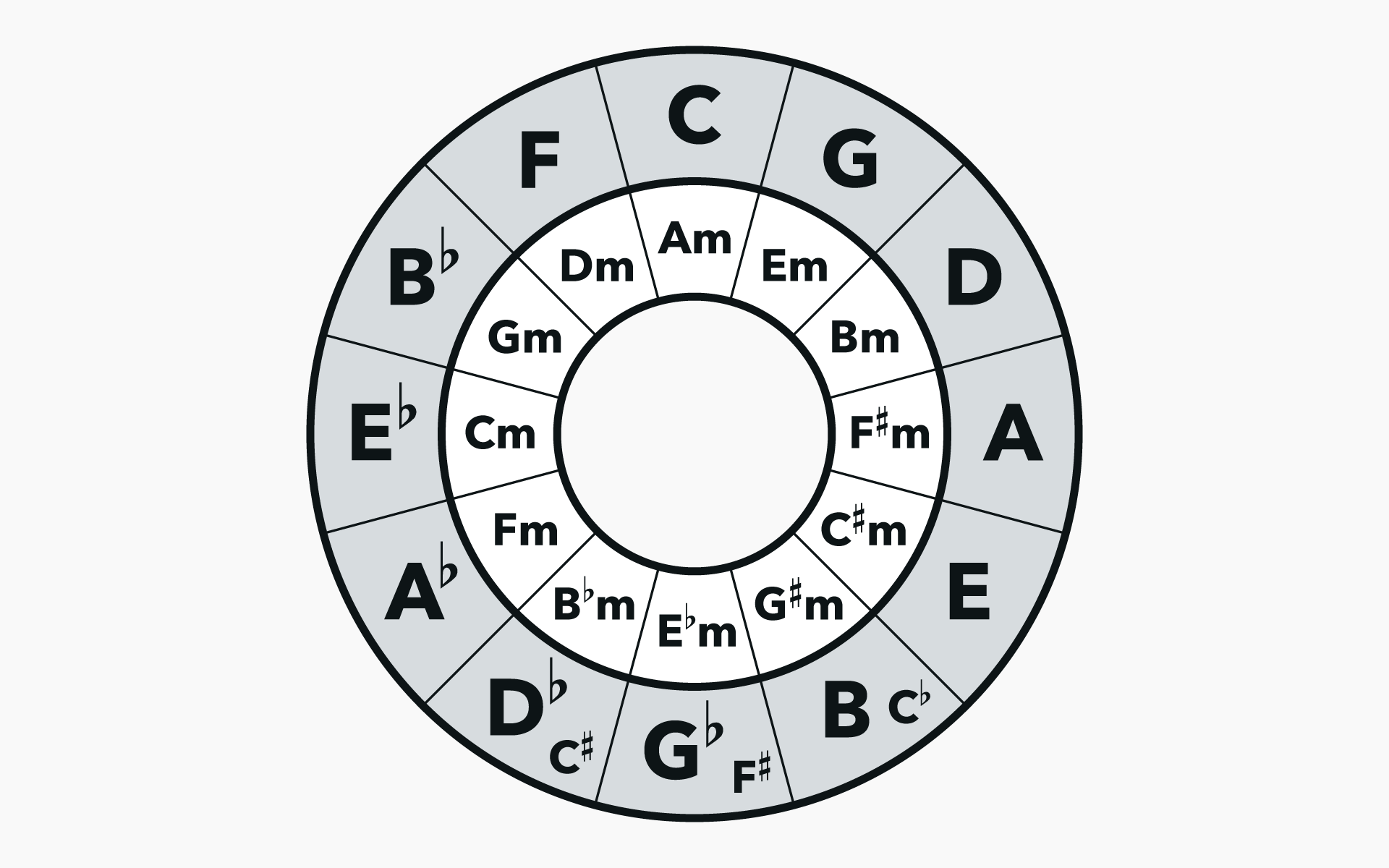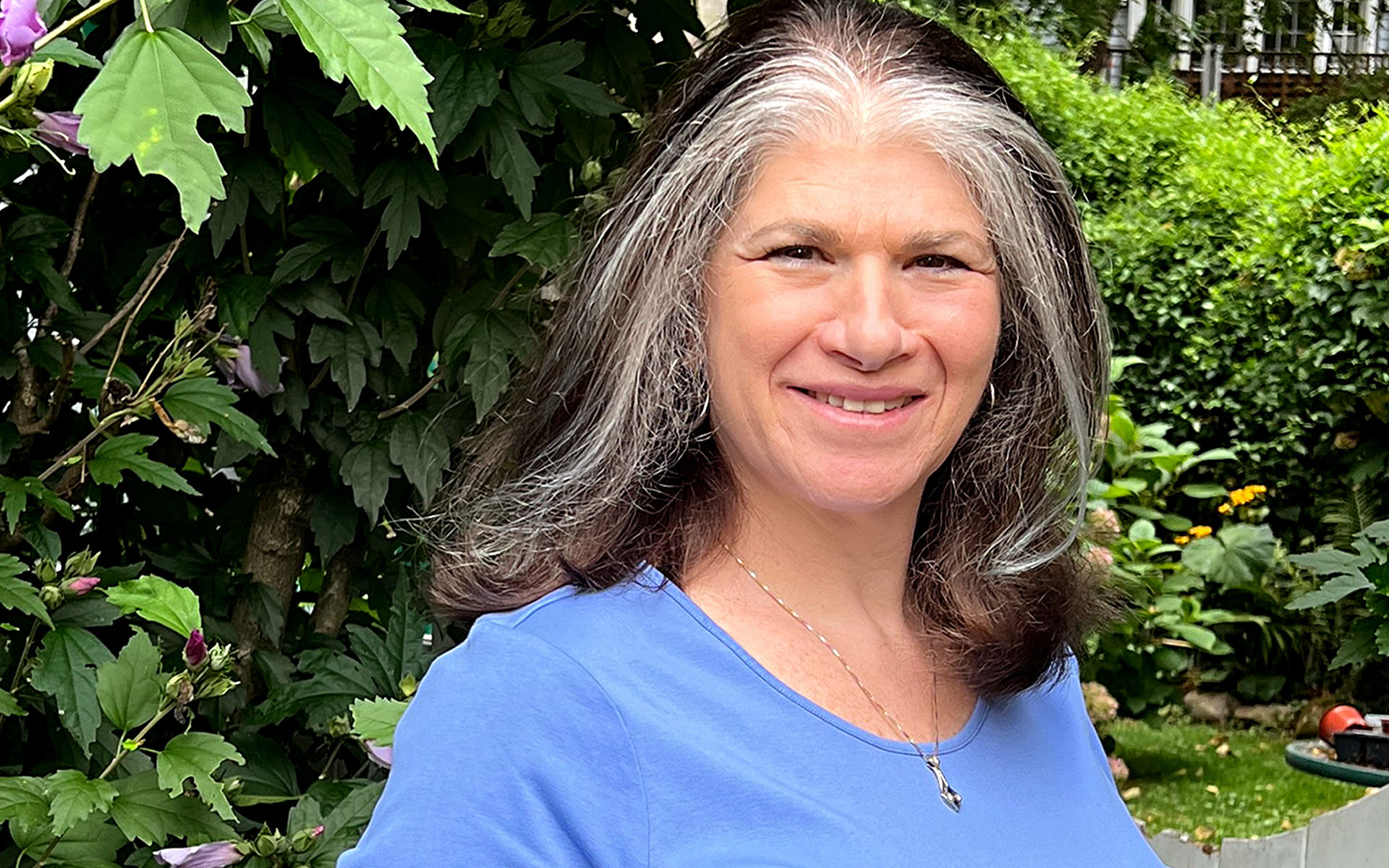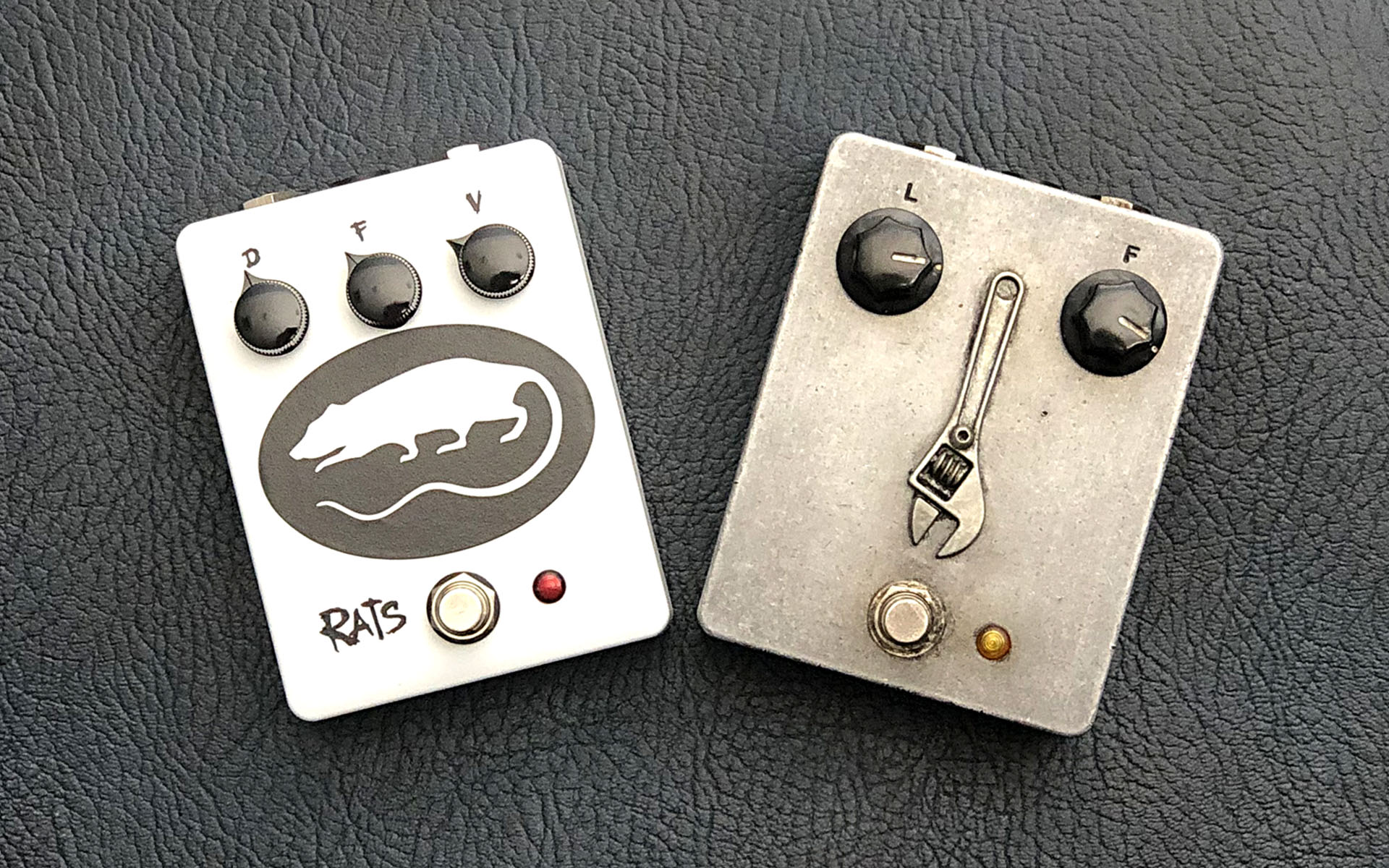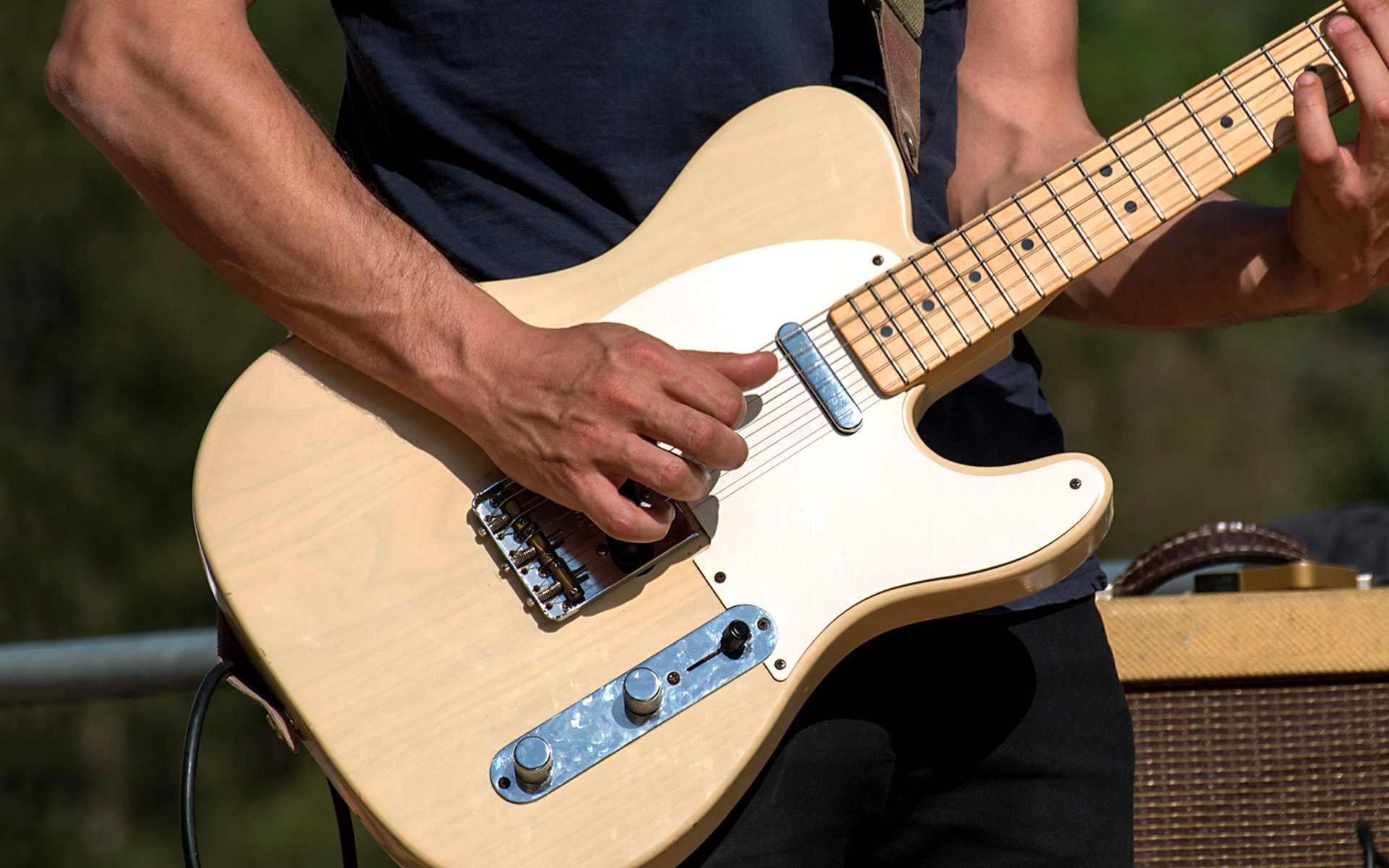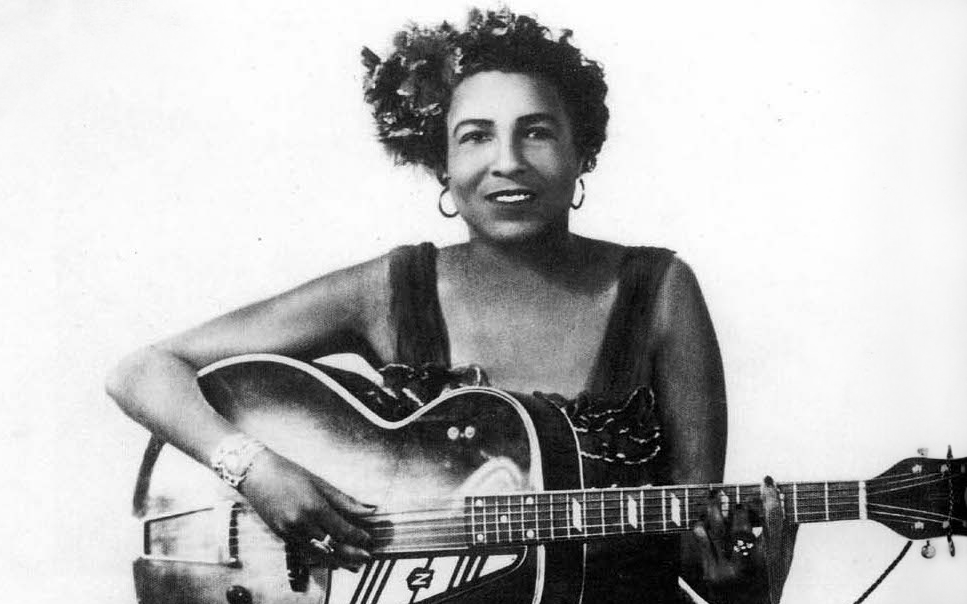The history of the classical guitar is paved with the major milestones of the history of humanity. Just like the waves of human migration across history, the classical guitar has also traveled and evolved from Mesopotamia to Spain, and then to the Americas. Through its journey, the sounds and harmonies of the guitar have inspired many cultures and societies in different corners around the world. As a composer and a guitar player, I am frequently reminded of the profound history and mysterious journey of classical guitar. In this article, I’ll share with you the fascinating journey of this instrument and its evolution across multiple continents, seas, and centuries.
Take the Fundamentals of Classical Guitar course from Berklee Online.
1. The Ancient History of Guitar
The word “guitar” originates from kithara, a seven-string lyre with roots in Anatolia. Kithara is thought to have a Pre-Greek origin and it is believed to have been created and played by Apollo, the God of Music. Nevertheless, this instrument has no direct relation to the modern classical guitar, except the name. It is not clear how the name kithara evolved into guitar when there are closer ancestors of the guitar such as the lute or oud, but I would guess that it might have to do with the archetypal presence of kithara as the stringed instrument of the god of music, Apollo.
In fact, the earliest ancestor of the modern classical guitar is thought to be the ancient lute from Mesopotamia. According to a book by musicologist Richard J. Drumbrill, the first lute appears in archeological findings around 3300-3100 BCE on a cylinder seal figure in Mesopotamia and later in a Hittite stone carving in Anatolia.

Throughout history, Mediterranean civilizations have always been connected to one another through strong trade, migration, and cultural roots. Within the dynamic exchange environment of this region, the lute traveled from Mesopotamia to other parts of the Mediterranean basin. It was adapted to other cultures in the region and within a few centuries, the lute evolved into new stringed instruments such as the pandura, tanbur, barbat, and the oud, which we’ve already mentioned.
Let’s talk about the oud a little more: The oud has flourished into a more significant instrument than the others in this paragraph. It used sophisticated microtonal melody and tetrachord harmonic systems. Rooted in Mesopotamia, the oud was a pivotal instrument that helped preserve centuries worth of music knowledge from Ancient Greece to Mesopotamian civilizations. However, this did not mean the oud was going to stay as a regional instrument, and a crucial event in the eighth century started the oud’s journey to the west.
With the Islamic conquest of Spain in the eighth century AD, many scientists, mathematicians, lawyers, philosophers, astronomers, and musicians from Mesopotamia moved to Spain, which also meant that the oud headed there as well.
Among the intellectuals who moved to Spain was a polymath from Baghdad with the name of Zyryab (or sometimes stylized as Ziryab). Zyryab traveled to Spain with his oud and he opened a music school in Córdoba, where he trained many students in the Mesopotamian music traditions. Moreover, he added a fifth pair of strings to the instrument.
The teachings of Zyryab and the oud were not a complete shock to the people in Spain, because they were already familiar with the stringed instrument of pandura that Romans had brought a few centuries earlier. For this reason, it was not difficult to adapt oud into the local musical culture and by the eleventh century, not only had Zyryab’s teachings become the norm in Iberia, but they had already spread to Europe.
It is possible to say that Zyryab is one of the most important figures responsible for the formation of many Andalusian music traditions, which has led to the creation of guitar, to the foundations of Spanish classical music, and even the music of Flamenco.
In fact, one of my favorite albums (and compositions) is named after Zyryab, by the legendary flamenco guitarist and composer Paco de Lucía. Along with Chick Corea on piano, this album is a fascinating mix of Andalusian music traditions with modern jazz, which truly lives up to the legacy of Zyryab himself. Every time I listen to the song “Zyryab,” I imagine the maestro’s journey from Mesopotamia to Spain, and then, with the jazz chords built into the composition, I think of his legacy crossing the Atlantic.
2. From Oud to Guitar
The evolution of guitar was not unidirectional; there were multiple courses due to the active sea trade routes and the cosmopolitan nature of the Mediterranean. For instance, by the twelfth century, musicians from the Eastern Roman Empire and from Asia Minor had already traveled to Sicily to bring oud/lute type instruments to Western Mediterranean provinces. The people in the port cities were used to seeing new inventions or goods in their streets all the time. But it is possible that they hadn’t seen anything like the oud when it first arrived in Sicily.
Another source of oud’s journey into Europe was through the Balkans into the Central European region around the same time. And, as we have seen with Zyryab, the oud also arrived in Spain from Mesopotamia, through North Africa, a few centuries earlier than the arrival of the instrument to Sicily. So, it would be fair to say that the oud traveled into Europe from multiple directions.
With a variety of string instruments arriving in Europe, by the thirteenth century two types of guitars have appeared in Spain: Guitarra morisca and guitarra latina. I’ve never had the chance to play either, as both of these guitars are hard to come by, except in museums or private collections.
Guitarra morisca, meaning “Moorish guitar,” had a rounder body, with an oval soundbox and with small holes on the soundboard. The shape and structure of this instrument resembles an oud, hence the Moorish influence. It is not clear when the frets were added and how the transition from microtonal to tonal system took place, as the oud is a fretless instrument.
Guitarra latina, or the “Latin Guitar,” had more curves and more closely resembles the modern guitar of today. This instrument is thought to have arrived from other European regions, possibly from Sicily.
In the mid-fifteenth century, an instrument called vihuela was developed in the Kingdom of Aragon, which stretched in an area that covered northeastern Spain, Southern France, Italy, and parts of Greece. This instrument is thought to be one of the most important ancestors of the baroque guitar.
3. Across the Ocean: First Wave
The vihuela became the first guitar-family instrument that appeared in the Americas, as early as the sixteenth century. Vihuela first appeared in Hispaniola in 1519 (modern day Dominican Republic and Haiti), later traveled to Cuba, and then to Mexico through musicians who traveled with conquistadors.
One of these musicians was a vihuela player named Alonso Moron. He traveled from Spain to Cuba during these years, and he opened a music school in Havana. Later, he traveled to Mexico and opened another music school there. I cannot help thinking about the parallel of Zyryab’s music school in Córdoba and Alonso Moron’s music schools in Cuba and Mexico, as both are the result of conquests, despite having eight centuries in between. Although these conquests undeniably brought unwanted bloodshed to these regions, they also led to the formation of a new culture. Perhaps we can think of the history of guitar as having been shaped by some of the most important events in the history of humanity. It’s kind of a humbling image when you’re just casually strumming some chords in your bedroom.
4. The Formation of the Classical Guitar
The foundation of the modern classical guitar starts with the invention of the baroque guitar. The baroque guitar was invented in Spain in the sixteenth century and was a popular instrument through the eighteenth century, not only there but also in France and Italy. It had an innovative design, and it also had five strings, which was a new development. The addition of the fifth string is sometimes credited to Vicente Espinel, a Spanish writer and poet, who also invented one of the most famous poetic forms in Spanish literature, the décima.
If you wanted to learn how to play the guitar from a book, you had to wait until the seventeenth century, as this is when Spanish, Portuguese, Italian, and French composers started publishing instruction and repertoire books.
By the eighteenth century, the lowest E string was added to make the guitar a six-string instrument. And finally, in the nineteenth century, a Spanish luthier, Antonio Torres Jurado, created the modern classical guitar that we use today. Jurado made the instrument a bit larger and he also perfected the symmetrical design of the soundboard.
The modern classical guitar was coupled with the playing technique developed by the famous Spanish composer Francisco Tárrega during this time as well.

5. Second Wave to the Americas
Between the sixteenth and nineteenth centuries, various forms of guitar-family instruments arrived in Latin America. It’s interesting to note that these guitars were adapted as local folkloric instruments. The family of guitar in the Americas has grown over the centuries and it has been localized, becoming the foundation of the traditional music of many countries.
For example, in the Andes region, Native Americans reconstructed the vihuela using armadillo hide, in this way creating the charango, which today is a common instrument in Andean folk music. In Mexico, the guitarrón was created, which is based on a Spanish bass guitar called bajo de uña. Today, the guitarrón is one of the essential instruments of Mariachi music. In Cuba, the tres was created based on the bandola in Spain. Tres is a string instrument that is composed of three pairs of strings and nowadays it is used in the musical style of son in Cuba.
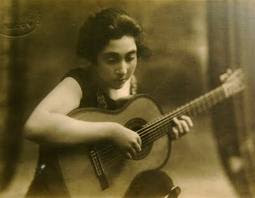
In the nineteenth and twentieth centuries, many masters of classical guitar from Spain, such as Josefina Robledo, Miguel Llobet, and Emilio Pujol (all three students of Tárrega) traveled to Latin America.
The popularity of the guitar as a concert instrument took over the region, so much so that during the turn of the century the classical guitar scene in Buenos Aires surpassed Barcelona in popularity. Significant composers such as Agustín Barrios (Paraguay), Leo Brouwer (Cuba), Antonio Lauro (Venezuela), Manuel Ponce (Mexico), and Heitor Villa-Lobos (Brazil) later solidified the impact of Latin American culture on classical guitar.
In North America, classical guitar did not make a major impact until the twentieth century. However, by the nineteenth, guitar could be found sporadically around the mountain regions or the Mississippi River delta. This area later became the center of Delta Blues.
Moreover, by the late nineteenth century, many guitar production companies had already set up shops such as Martin and Gibson, which led to the development of the acoustic and archtop guitar. Some of these guitars were also later used in styles like jazz and folk music.
With the invention of pickups and amplification in North America, the twentieth century saw the rise of electric guitars, which has led to the creation of different music styles like rock, funk, and many others that continue to be the cornerstone of the global contemporary music scene today.
Maybe the reason the guitar is one of the most popular instruments in the world today is because it bears traces from so many places and people. The guitar was used and adapted by many different cultures around the world, which you might not think would necessarily have a direct connection with each other. In a sense, then, it has something of a universal character while remaining deeply local and personal. But perhaps this is the power of guitar: something about harmony, and the sound of guitar, speaks so much to us that we make it not only a principal instrument of our songs but also an essential instrument in the folkloric and traditional music of our cultures. It becomes one of those elements that define the identity of a society, just like its language or its food. This is why guitar is a cultural heritage for all of humanity.
STUDY GUITAR AT BERKLEE ONLINE
Alper Tuzcu is a composer, producer and an educator. His music has been featured on NPR, BBC, RTVe (Spain), and many other radio stations and media channels all over the world. His most recent EP, Raíz, was released in February of 2021 by Palma Records. His Bossa Nova composition, “Felicidade,” has reached more than 650K streams on Spotify and his LoFi track “Uzaklarda” was featured on Spotify Editorial playlists. Alper Tuzcu graduated from Berklee College of Music with a Magna Cum Laude degree in 2015 after winning a scholarship at the Umbria Jazz Festival.


